The Super Moon provided a stunning backdrop to a night of birding (Photo by Tim Avery)
Sunday June 23 was a special day for me. It was the day I first got to see a Flammulated Owl. My chance to try to view one came on the first ever Utah Birders Owling Field Trip led by Tim Avery and me. At least one guaranteed target was not a bird, but the Supermoon, so named since it will be the closest the moon will be to Earth in 2013. Our main target for the trip was Flammulated Owls, with some other target birds being Common Poorwill, Common Nighthawk and Ruffed Grouse. 17 Utah birders gathered to form carpools and to discuss the plans of the field trip. Soon the caravan was headed up Parley's Canyon for our first destination, the trail to the east of Mountain Dell Reservoir on Route 65.
There were some colorful bird along the trail giving the group good looks. Yellow Warblers were flying from tree to tree and several male American Goldfinches added even more yellow, drawn to the area due to abundant thistle.
I was glad to see several male American Goldfinches
We were watching a reddish female American Kestrel at eye level in some dead trees when it took off in a beeline to a Red-tailed Hawk which was foolish enough to land there. The kestrel made many attempts to clear out the hawk by dive bombing it.
A kestrel divebombs a Red-tailed Hawk
A female Belted Kingfisher surveyed the scene from a close power line. A Northern Flicker flashed more color as it flew up to another power pole. A surprise bird was an American White Pelican that came gliding in to land in Mountain Dell Reservoir. Four species of swallow each added their unique colors with Cliff, Tree, Violet-green and Barn being seen. Birdsong was ever present as we heard Warbling Vireo, House Wren, Spotted Towhee, Fox Sparrows and Lazuli Buntings singing among other birds as was the high pitched buzzing trill of Broad-tailed Hummingbirds.
This female Belted Kingfisher gave nice views
This American White Pelican was a surprise in the mountains
A little further up the road we checked out Mountain Dell Reservoir itself. The typical Mallards and Canada Geese were on the water along with the now landed pelican and another surprise, 3 late Ring-necked Ducks. A Double-crested Cormorant relaxed on a buoy on the reservoir. A Gray Catbird offered up looks before diving out of sight. Across the roads, our eyes were drawn to two nests. The first was an osprey nesting platform complete with Ospreys. In the forest, a Red-tailed Hawk nest has a fuzzy baby in it.
Our next stop was Big Mountain Pass. As we got out of the cars, we soon saw a Pine Siskin chittering away and heard a singing Swainson's Thrush. The building across from the parking area provided its own birds with a House Wren perching out in the open on its fence and a female Mountain Bluebird flew up to a hole in the building to its nest. We soon found its mate sitting on a wire across the road, with it really standing out due to the red soil behind it. Yellow-rumped Warblers, Black-headed Grosbeaks and a Western Tanager also made an appearance.
Jeremy Ranch Road right off of Route 65 was our next destination. Right above our heads singing was a Swainson's Thrush. It ended up perching on some dead branches and once looked at from the right spot, the whole field trip got to watch it sing.
This Swainson's Thrush made it easy to watch it sing
A Western Wood-Pewee actively fed, flying from perch to perch in front of us. In the creek along the road an American Dipper bobbed around on some rocks right in the open. A singing bird in the undergrowth caused a moment of tension as Tim called out Gray Catbird and I called out Yellow-breasted Chat. Luckily we didn't come to blows and I soon led the group up the road leaving our mysterious skulker unidentified (Tim later came up to me and said that a little later and a little farther away he and a few other birds had a Yellow-breasted Chat. I guess I will take this as a concession, although Tim will surely repeatedly school me on bird id soon enough). Further up the road my group had a flock of Cedar Waxwings fly into some shrubs right in front of us yielding killer views and frustrating Brenton Reyner who had one teed up for an amazing picture right before it took off. D'oh!
A close encounter with a gorgeous Cedar Waxwing
We continued our walk up the road and saw an out of place Double-crested Cormorant flying around (we later found a small pond it was hanging out at). The bird soon all had us laughing at its goofy antics as it tried to perched on a dead tree and kept slipping on the branches until it would fly off again. It repeated this several times until it realized that maybe it would be easier to perch on a different tree. Soon after Taylor Abbott picked out a high flying Common Nighthawk, the first of several we would have that night. Later we even had a nighthawk peenting overheard. We had 3 woodpecker species with Downy, Hairy and Northern Flicker being represented.
There were many wildflowers along Jeremy Ranch Rd
The only bad part about birding Jeremy Ranch Road were that you are birding along the road and cars can be a problem. I had to repeatedly yell to get everyone over on the side of the road before a car would come zooming along a curve. I haven't had anyone get hit by a car on any of our field trips and I didn't want to start now. One of the cars was a DNR vehicle whose driver was either excited or shocked (or both) to see so many birders on a random road at dusk. Another vehicle encounter was also memorable. As we were walking towards a curve on a hill, I heard another car coming and had everyone move to the side. As the car came into view, I saw the license plate said "BIRDR" so I figured that I would at least know who hit me if I didn't get out of the way in time. If you didn't already know, that car belongs to Shyloh Robinson who was birding the area with his dog Rally. He made us all jealous by telling us about a Common Nighthawk he had perching 20 yards off the side of the road earlier.

Jeremy Ranch Road at sunset
We headed back to where we parked the cars and had one last nice bird for the area, a female Bullock's Oriole. Despite plenty of appropriate habitat in the area, Bullock's Oriole are less common in the area then one would expect. From here we headed back up the canyon to look for owls.
Here in the upper stretch of East Canyon is also the place where I had my only other experience with Flammulated Owls when I got to hear them calling there last May. The area has many large aspens which is one of the preferred habitats for Flammys, since they use old flicker nest holes to in order to nest themselves. First though we headed over to the 4 hummingbird feeders hung on a nearby building and watched hummingbird wars between several Broad-tailed Hummingbirds intent to protect their feeders from each other. There was also a female Black-chinned Hummingbird trying to hang out as well.
This male Broad-tailed Hummingbird posed for us on a wagon
This male Broad-tailed shows off his rosy gorget
Another hilarious moment involved a small goat who wanted to be the center of attention with both his raucous bleets and his determination to perch on top of both the other goat in the corral as well as the miniature donkey in there too. Hilarity ensued.
Goats love stumps
This goat wanted to be a Mountain Goat...
but only had this donkey to climb on (or fall off of)
Soon our attention turned back to our main target bird, the Flammulated Owl. At this point Shyloh joined back up with us. It had finally gotten dark enough and we started playing the waiting game, straining our ears to hear distant hoots. Our first spot yielded no owls so we headed down to the road to another aspen grove. As the supermoon started to rise our luck changed and we heard our first Flammulated Owl of the night. It wouldn't be our last either as we ended up hearing at least 13 different Flammys. My heart raced at the prospects of seeing one but it was not to be at this location. The owls stayed hidden aided by their ventriloquist call which makes close owls seem distant. We tried for another spot in the woods where we heard some owls calling and some of us ended up with views of an owl flying over our heads (thanks for the light, supermoon).
Upon exiting the woods, we saw the bane of birders everywhere, flashing blue and red lights. Tim started over to the cop to find out if he thought were we doing drugs or stealing secrets of national security or whatever cops think when they see a group of birders together. It turns out he just wanted one of the cars moved that was parked a foot from the road. A little nit-picky but the car's driver was planning on leaving anyways and the cop only hastened his plans. Crisis adverted for the meantime.
At this point it was getting late and some of the saner birders there wanted to get home and get to sleep so we lost some of our crew. The rest of crazies though headed back towards Big Mountain Pass (and I'm the head crazy since I had to get up at 5 for work) to another spot to check for owls. This turned out to be the spot we'd hoped for. Getting out of the cars we heard an owl calling right next to the edge of the parking lot in a big conifer. I finally got my lifer views as we edged close to the tree and Tim carefully put the light on the tree but away from the owl. The bird didn't seem to mind as he continued to call while we watched him. There were many oohs and aahs from the remaining crowd at the sight of this adorable little owl. I was very excited as this is one of the few North American owls I haven't seen before (look out Elf and Ferruginous Pygmy, you're next!).
Hello lifer Flammulated Owl! (photo by Tim Avery)
We all got great views of the little flame owl as the supermoon beamed down on us and finally it flew off after its next insect meal (Flammulated refers to it
"having flame-shaped/colored markings" as you can see from Tim's excellent picture). My adrenaline started to wear off as I realized it was 11:30 and I needed to get to sleep. We all said our goodbyes and headed back down into the valley. I for one dreamed of owls and other birds that night and I'm sure I wasn't the only one. I can't wait for the second owling field trip this coming Sunday (and all the future ones as we are planning to make this an annual tradition) and until then I will just have to dream about seeing Flammulated Owls.
The Owl Hunters before it got dark (photo by Tim Avery)
Labels: fieldtrip, life birds, Owls, trip reports
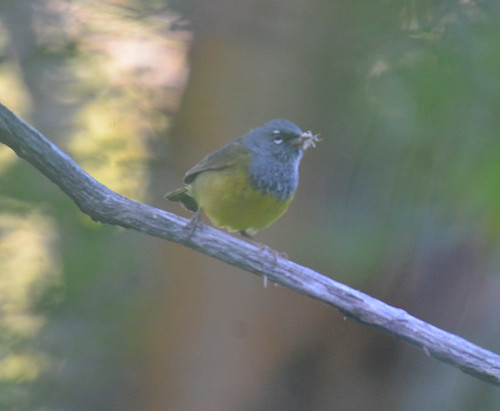


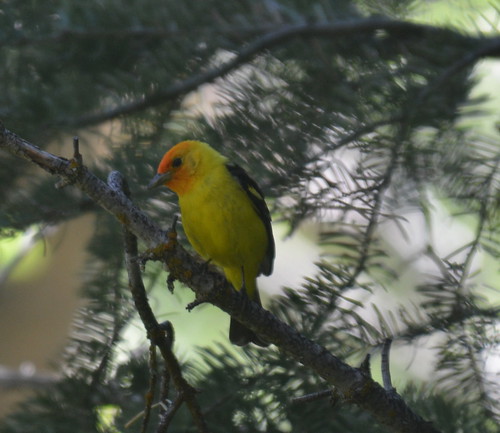
.JPG)









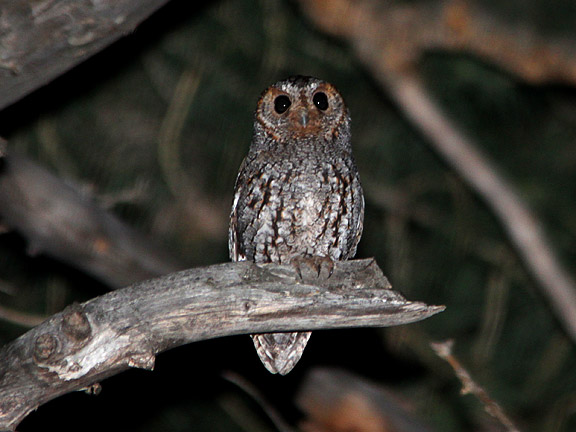
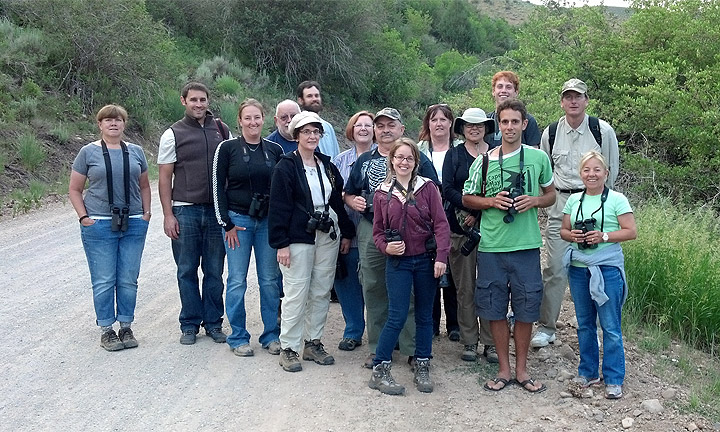
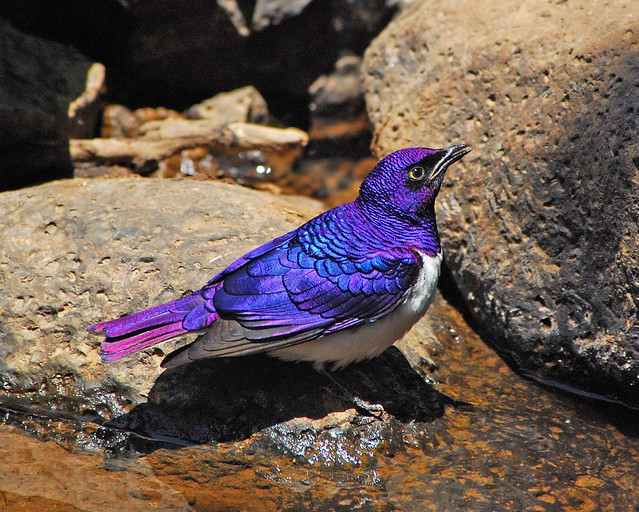
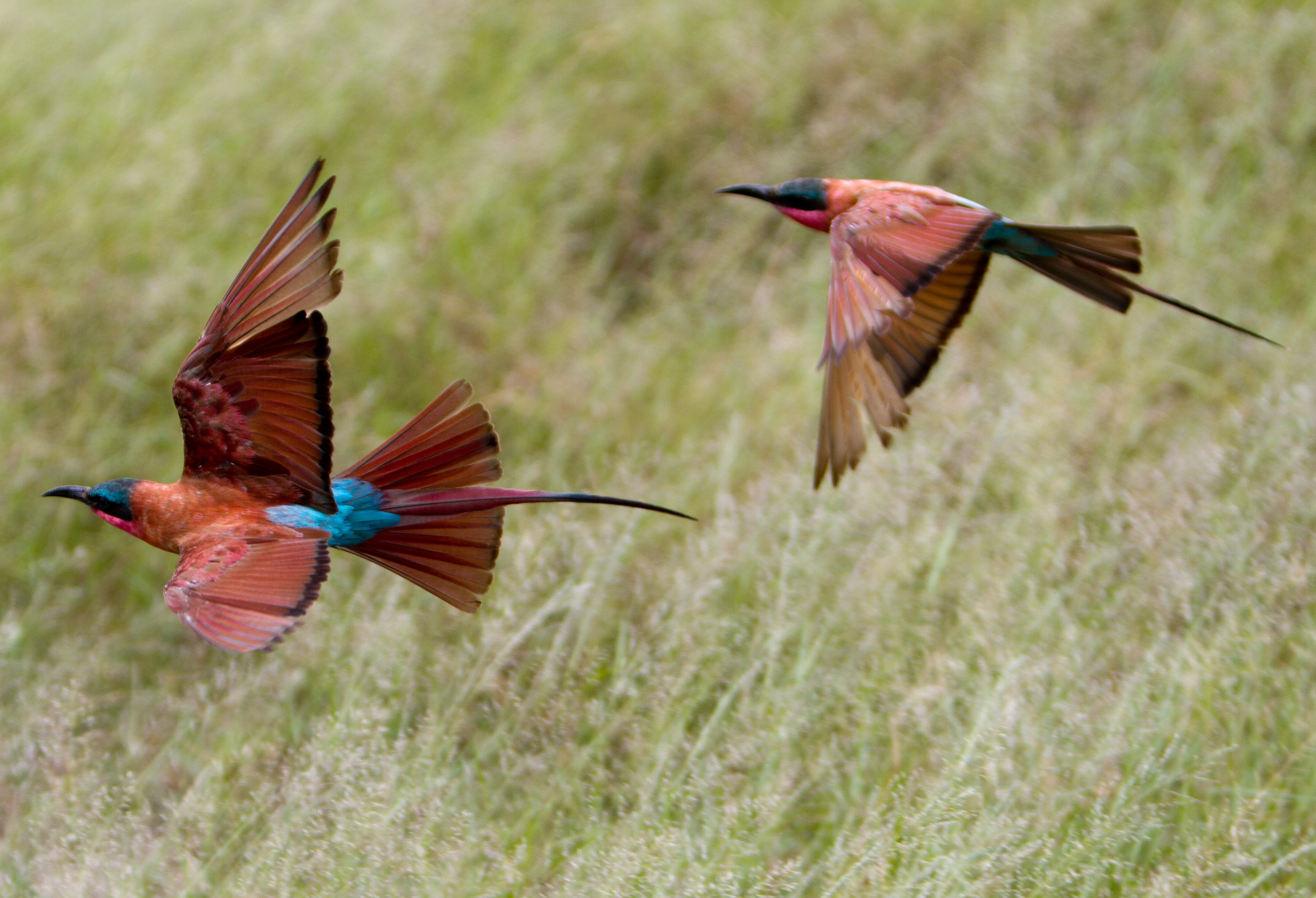
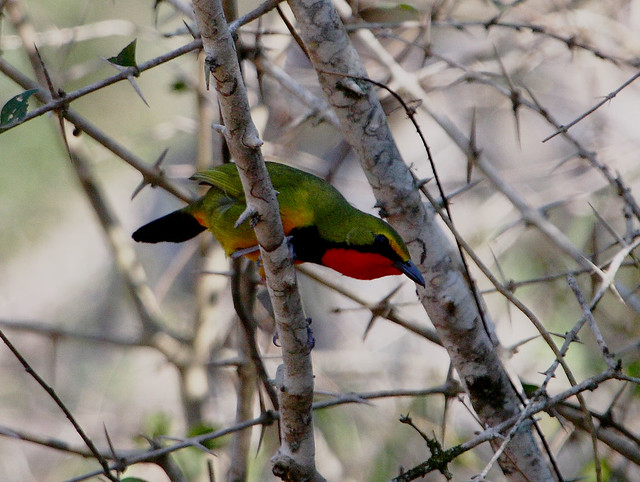
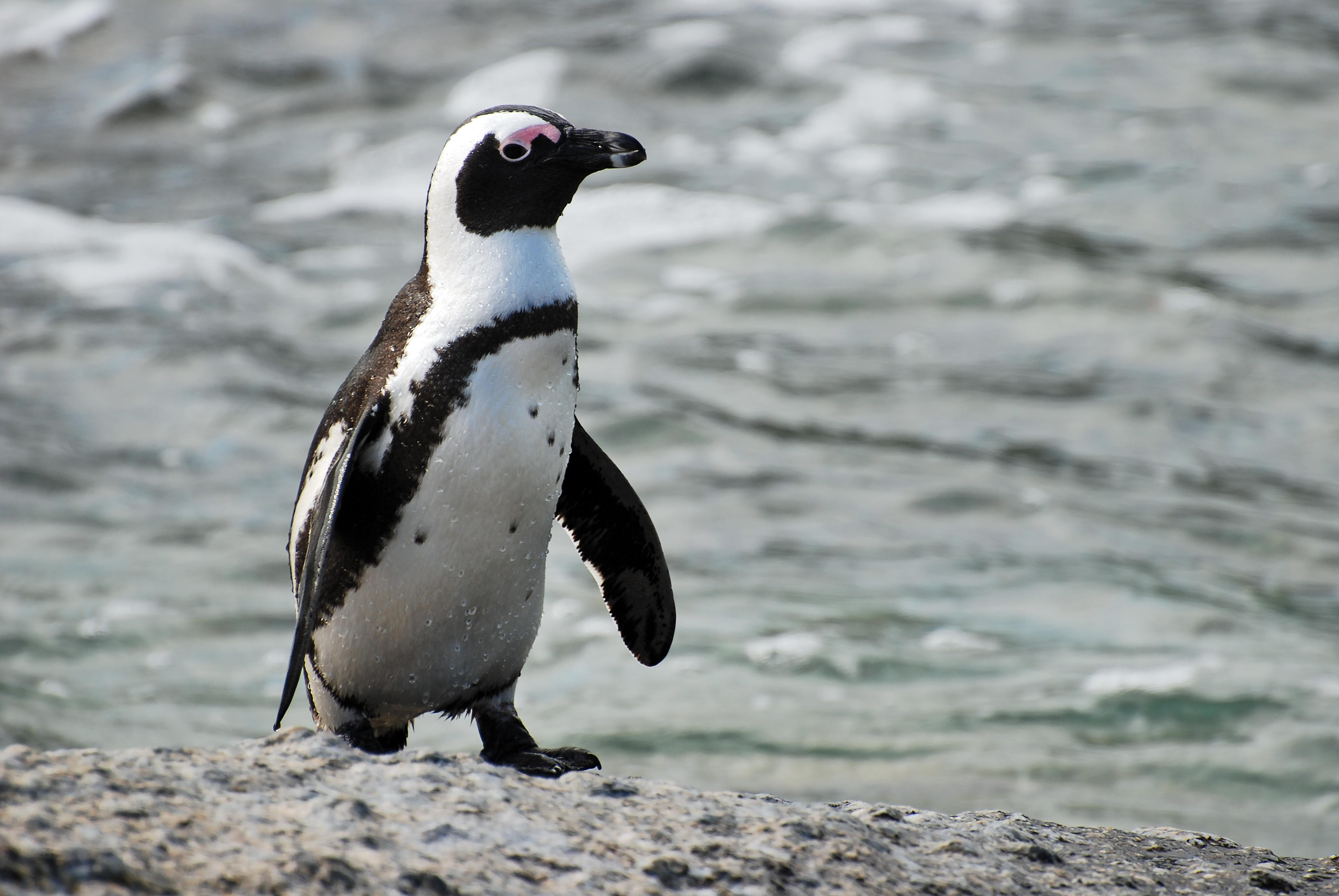

.jpg)
.jpg)
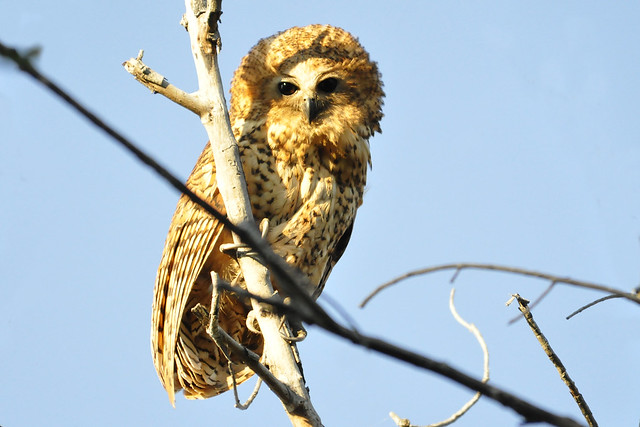



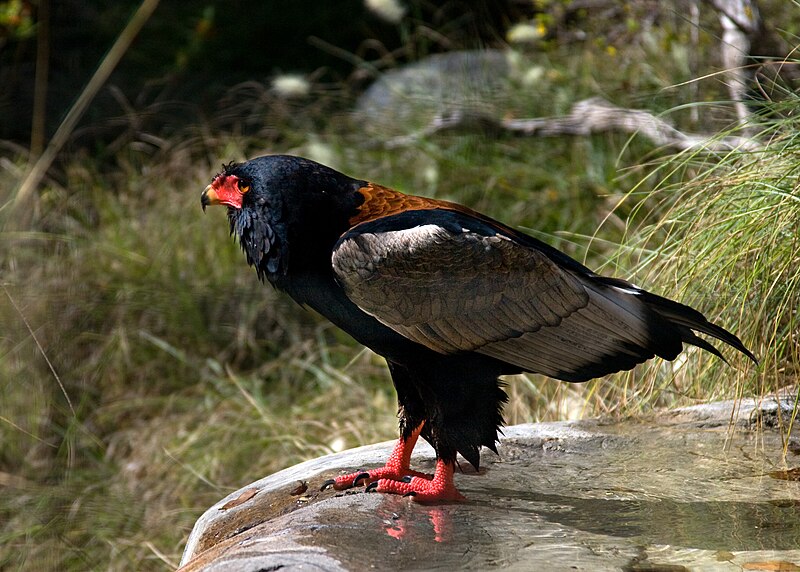

.jpg/368px-Cape_Sugarbird_(Promerops_cafer).jpg)



.jpg)
.jpg)



_(1).jpg/800px-Narina_Trogon_(Apaloderma_narina)_(1).jpg)

.jpg)
.jpg)
.jpg)
.jpg)
.jpg)
.jpg)
.jpg)
.jpg)
.jpg)
